Multi Apartment VDP System
Product Details:
- Material Plastic, Metal
- Screen yes
- Support Video
- Power 220-240 Volt (v)
- Color White
- Click to View more
X
Multi Apartment VDP System Price And Quantity
- 1 Unit
Multi Apartment VDP System Product Specifications
- Plastic, Metal
- White
- 220-240 Volt (v)
- yes
- Video
Multi Apartment VDP System Trade Information
- 100 Unit Per Month
- 7 Days
- All India
Product Description
A Multi-Apartment Video Doorphone (VDP) System is a security and communication system typically used in multi-unit residential buildings, such as apartments or condos. It allows residents to communicate with visitors at the entrance and allows the visitor to request access to the building or specific apartments. Below is a detailed specification for a typical multi-apartment VDP system:
1. System Components
- Entrance Panel (Outdoor Unit): Located at the building entrance to interact with visitors.
- Camera: High-definition (HD) camera for clear video quality, typically with infrared for night vision.
- Speaker & Microphone: For audio communication between the visitor and the resident.
- Buttons: To call specific apartments, including a directory of apartment numbers.
- Access Control: Integration with keyless entry systems, including RFID, PIN, or biometric readers.
- Weather-resistant Housing: Designed to withstand outdoor conditions.
- Display Screen: A touchscreen or LED panel to show the list of apartments and statuses.
- Indoor Unit (Resident Panel): Installed inside each apartment for communication with visitors.
- Touchscreen Interface: For video communication, unlocking the door, and managing settings.
- Speaker & Microphone: For clear two-way communication.
- Unlock Button: To remotely open the entrance door or gate.
- Call Directory: If multi-unit system supports internal calls, residents can communicate with other apartments.
- Central Control Unit: Manages communication between the entrance panel, resident panels, and integrates with any other smart building systems.
2. Key Features and Functions
- Video & Audio Communication: Clear video and audio feed for resident-visitor interaction.
- Two-Way Communication: Residents can speak with visitors, see them, and vice versa.
- Remote Door Unlocking: Residents can remotely unlock the entrance door for visitors.
- Directory Display: A directory for visitors to find and call specific apartments.
- Visitor History: Logs of visitors who have used the system to call residents.
- Doorbell Alert: Audible and/or visual alerts when a visitor presses the call button.
- Integration with Access Control Systems: Options for integration with card readers, biometric access systems, or PIN codes for door entry.
- Video Recording: Automatic recording of visitors, triggered by call requests or motion detection, stored locally or in the cloud.
- Multi-Unit Integration: The system supports multiple apartments and floors, with each unit managing its own door unlocking functionality.
- Mobile App Integration: Some systems offer mobile apps for remote communication and door control.
- Intercom Functionality: Allows residents to communicate with building management or other residents.
- Security Features: Including tamper detection, motion sensors, and alarm systems.
- Multiple Language Support: Optional multilingual support for different residents or regions.
3. Technical Specifications
- Video Resolution: HD 720p or 1080p for clear video feed.
- Audio Codec: HD audio with noise-cancellation for better communication quality.
- Camera Angle: Wide-angle cameras (typically 120 to 180) to cover a larger area.
- Camera Type: Infrared or low-light cameras for clear video even at night.
- Power Supply:
- Outdoor Panel: Typically powered by 12V DC or POE (Power over Ethernet).
- Indoor Panel: Powered by standard AC or POE.
- Connectivity:
- Wired: Ethernet (for reliability) or coaxial cable.
- Wireless: Wi-Fi or 4G/5G connectivity for remote systems.
- Storage: Onboard storage or cloud-based storage for video footage.
- Network: TCP/IP or similar protocols for inter-panel communication and remote management.
- Operating System: Linux, Android, or custom OS for system operations.
4. System Configuration
- Multi-Floor/Apartment Support: The system must support multiple floors and apartment units. It can include a directory system that allows visitors to select the apartment number they want to visit.
- Communication with Management: A centralized communication option for building management for monitoring and emergency communication.
- Integration with Other Systems: Such as access control, alarm systems, CCTV, or building automation systems (e.g., smart lighting).
- Multiple Communication Methods: Wired and wireless options to fit different installation scenarios.
5. User Interface
- Simple and Intuitive: For both the visitor and resident panels, with easy-to-use touchscreen interfaces.
- Customizable Themes: Option for residents to customize the look and feel of their interface.
- Notification Alerts: Notifications on the resident's indoor panel or via a mobile app when visitors are at the door.
6. Security Features
- Encryption: All communication (audio, video, control signals) should be encrypted for secure data transmission.
- Access Logs: Logs of who accessed the system and when, to provide a security audit trail.
- Tamper Detection: Both the indoor and outdoor units should have tamper detection sensors that alert when the unit is compromised.
- Privacy Mode: Option for residents to disable the video or audio feed for privacy during certain times.
7. Installation and Maintenance
- Easy Installation: The system should be easy to install with minimal disruption to the building's existing infrastructure.
- Maintenance Alerts: Automated system for detecting faults or errors in components and notifying building maintenance.
- Firmware Updates: Remote software updates to enhance functionality, fix bugs, or improve security.
8. Optional Advanced Features
- Cloud Integration: Cloud storage for video footage and call logs, accessible from remote devices.
- Mobile App Control: Ability for residents to use a mobile app for communication, remote door unlocking, and system monitoring.
- Facial Recognition: Optional feature to recognize pre-registered visitors and automatically unlock the door.
- Biometric Access: Fingerprint or iris scanning for secure access for residents.
- Voice Assistants: Integration with smart assistants like Alexa or Google Assistant for voice control of the system.
This specification ensures the multi-apartment video doorphone system is efficient, user-friendly, and secure for both residents and building management, offering a high level of safety and convenience.
Tell us about your requirement

Price:
Quantity
Select Unit
- 50
- 100
- 200
- 250
- 500
- 1000+
Additional detail
Mobile number
Email
Other Products in 'Video Phone System' category
"We offer our products mainly in Pune and its near by areas."

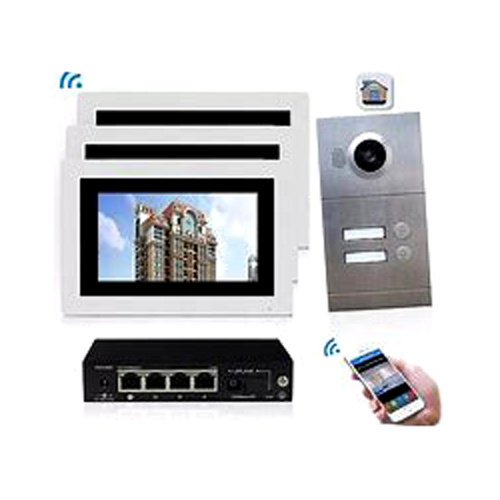

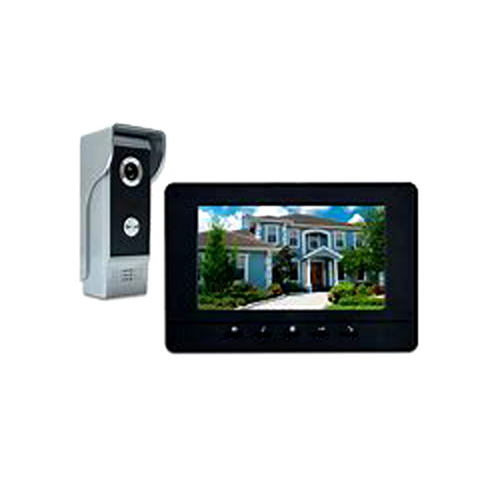
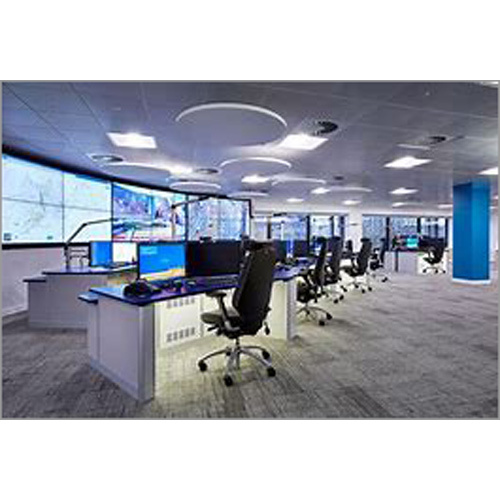
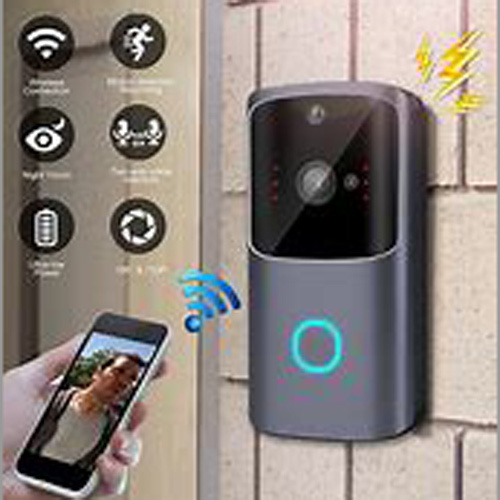
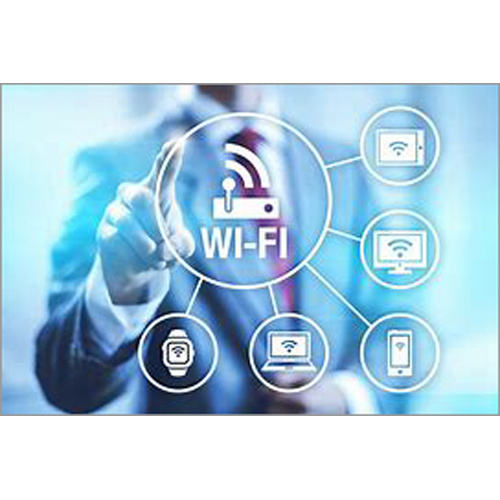


 Send Inquiry
Send Inquiry Call Me Free
Call Me Free